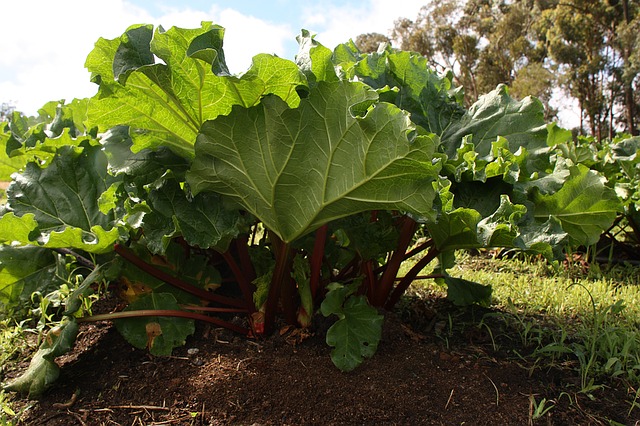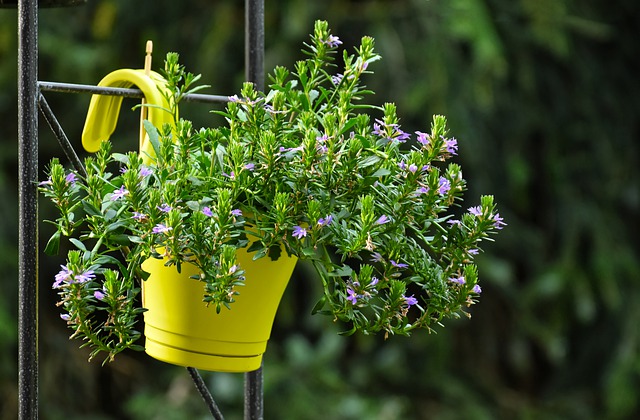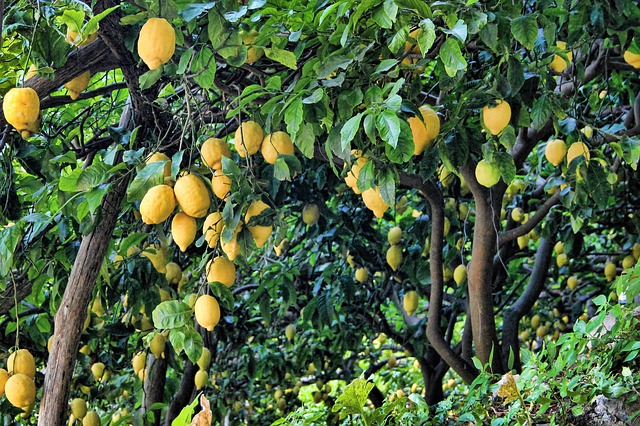Planting a bare root fruit tree
The vegetable garden has become noticeably quieter recently but there’s one area where there’s still work to be done – the fruit garden!
Autumn is a great time to plant because trees are now dormant and won’t require as much immediate ongoing care. Bare-root trees, which are much cheaper than container-grown ones, are grown in the ground by the nursery then dug up for sale once they’re dormant, between late autumn and early spring.
If you live in an area where the ground is frozen for much of winter, wait til spring to plant.
Prepare the Ground for Your Fruit Tree
First up is ground preparation. If you are planting into an area of lawn begin by removing an area of turf at least three feet (1m) in diameter. This will stop grass from competing with the young tree for moisture and nutrients.
Dig out any perennial weeds, including roots. If your soil is either very sandy or heavy with clay, add plenty of organic matter to the entire planting area and dig this in. I’m using well-rotted garden compost. Amending the whole area rather than just the planting hole will encourage roots out into the surrounding soil, helping the tree establish quicker.
Dig a planting hole into the prepared area that easily accommodates the roots, so they aren’t crammed in and don’t bend back on themselves. All the ground preparation you did earlier should make this a pretty straightforward job.
Now drive a stake into the ground – at least a couple of feet (60cm) deep so it won’t wobble about in the wind.

Plant Your Bare-root Fruit Tree
Soak your fruit tree in a bucket of water for a couple of hours before planting to give it a good drink. Before you plant, take a careful look at the trunk, just above the roots. You should see a ine where the base of the trunk goes from dark to light, indicating the original soil level. Our aim is to plant the tree at this same depth. If the line isn’t obvious, make sure to plant your tree just deep enough to cover the roots.
Use a cane or tool handle to bridge the ground either side of the planting hole and serve as a guide for the soil level. Begin filling back the soil while holding the tree at the correct level. As you fill, shake the trunk so that the soil gets in between all of the roots.
When you are close to the top of the hole, firm in the soil with the toe of your boot pointing towards the trunk so you don’t stamp it down and compact it. Then fill in with the remainder of the soil.
Thoroughly water around the planting area to settle in the soil further.
Support and Protect Your Young Fruit Tree
Secure the tree to the stake using a tree tie. Tree ties are usually made of rubber, which is stretchy and gentle on the bark. Secure it in a figure of eight around the stake and trunk, about two feet (60cm) above the ground.
Then spread a two-inch (5cm) layer of organic mulch such as compost around the tree to help suppress weeds and retain moisture. Keep the mulch clear of the trunk to prevent it rotting.
If rabbits are a problem in your garden you can add a simple spiral tree guard, which protects the bark from their gnawing. If deer visit your garden you’ll probably need to fence in the tree. If you’re planting lots of trees it’s usually be easier to fence the whole area rather than individual trees.

Trees shouldn’t need watering over the winter, but once the growing season gets underway, be sure to keep young trees well watered to help them establish.
